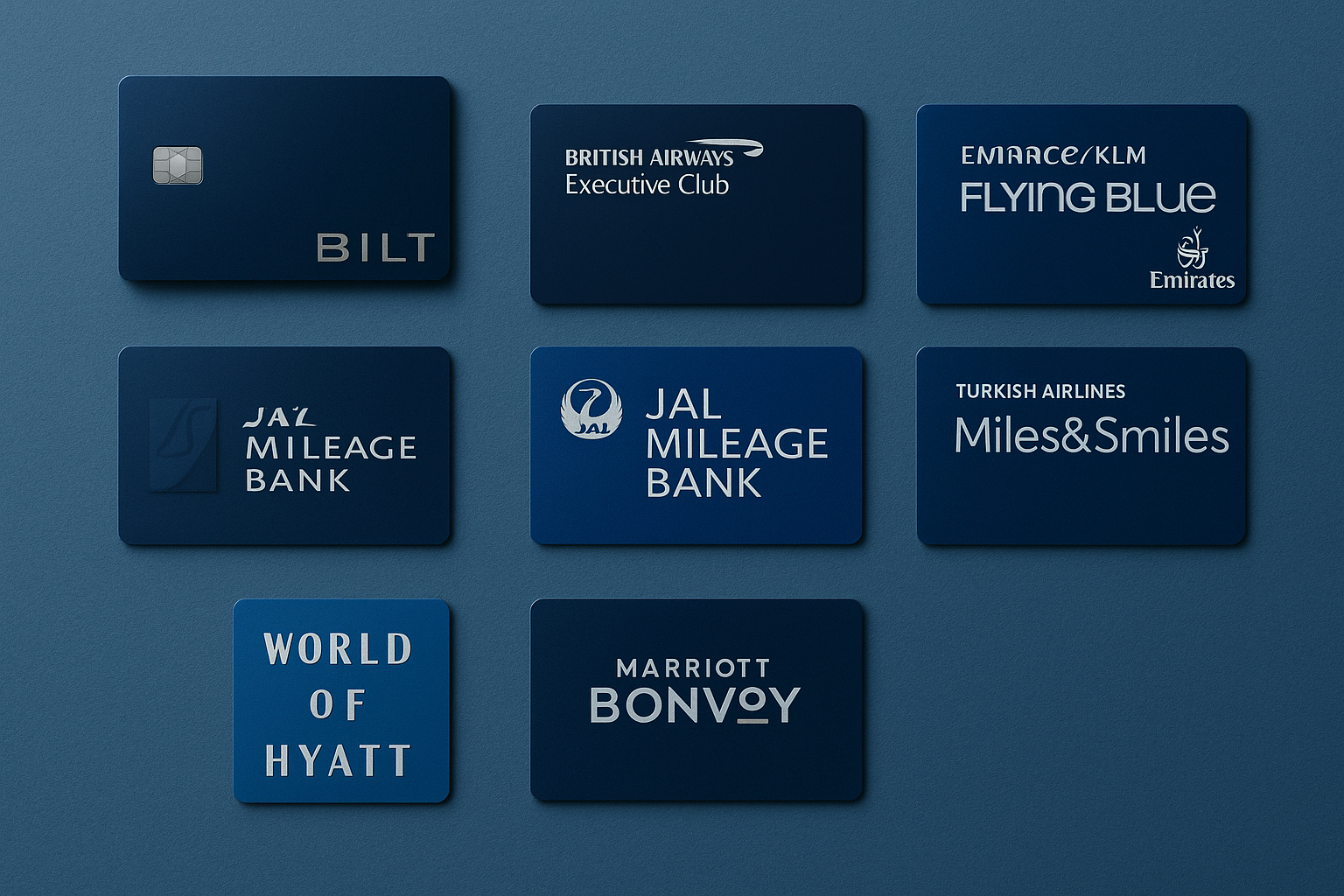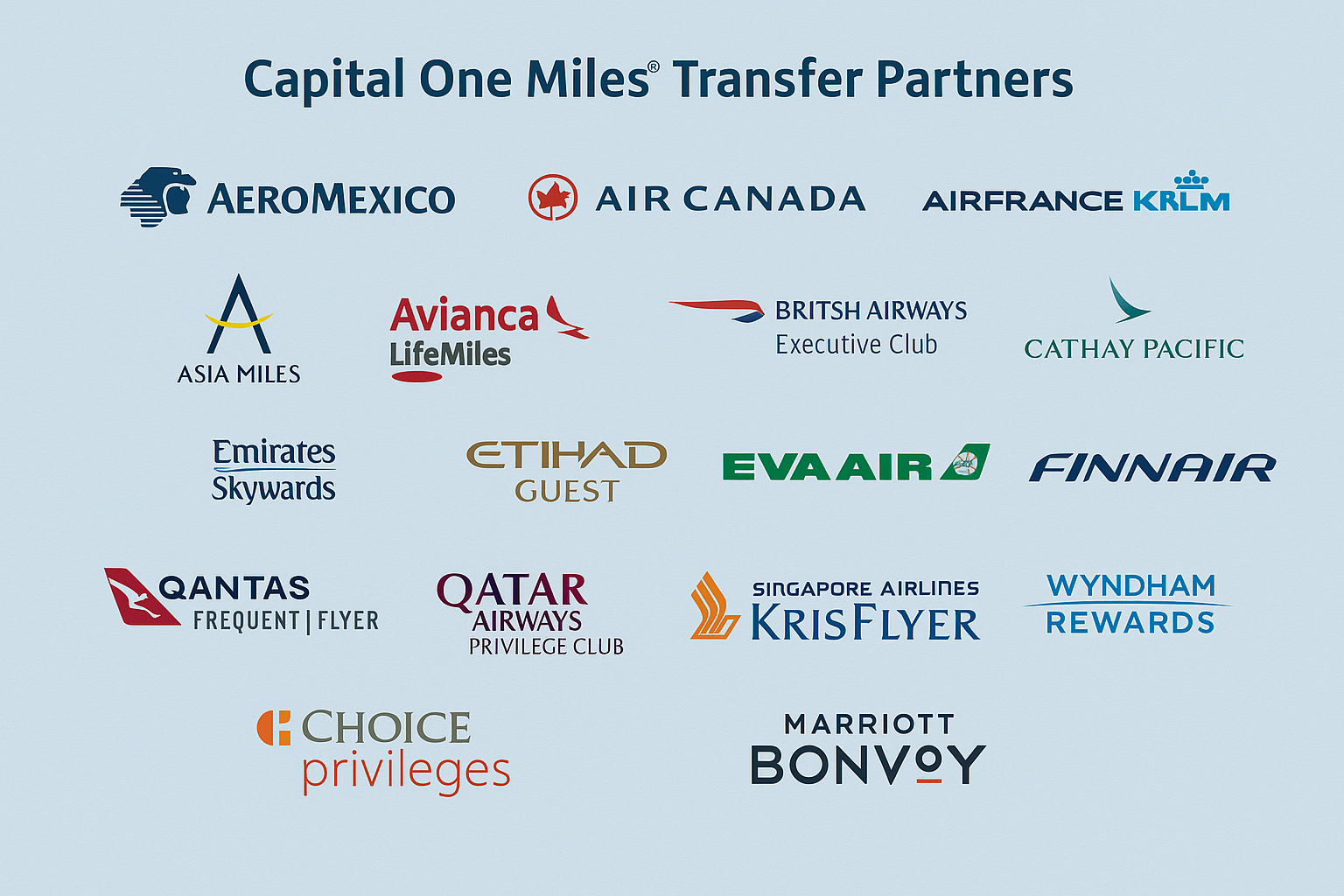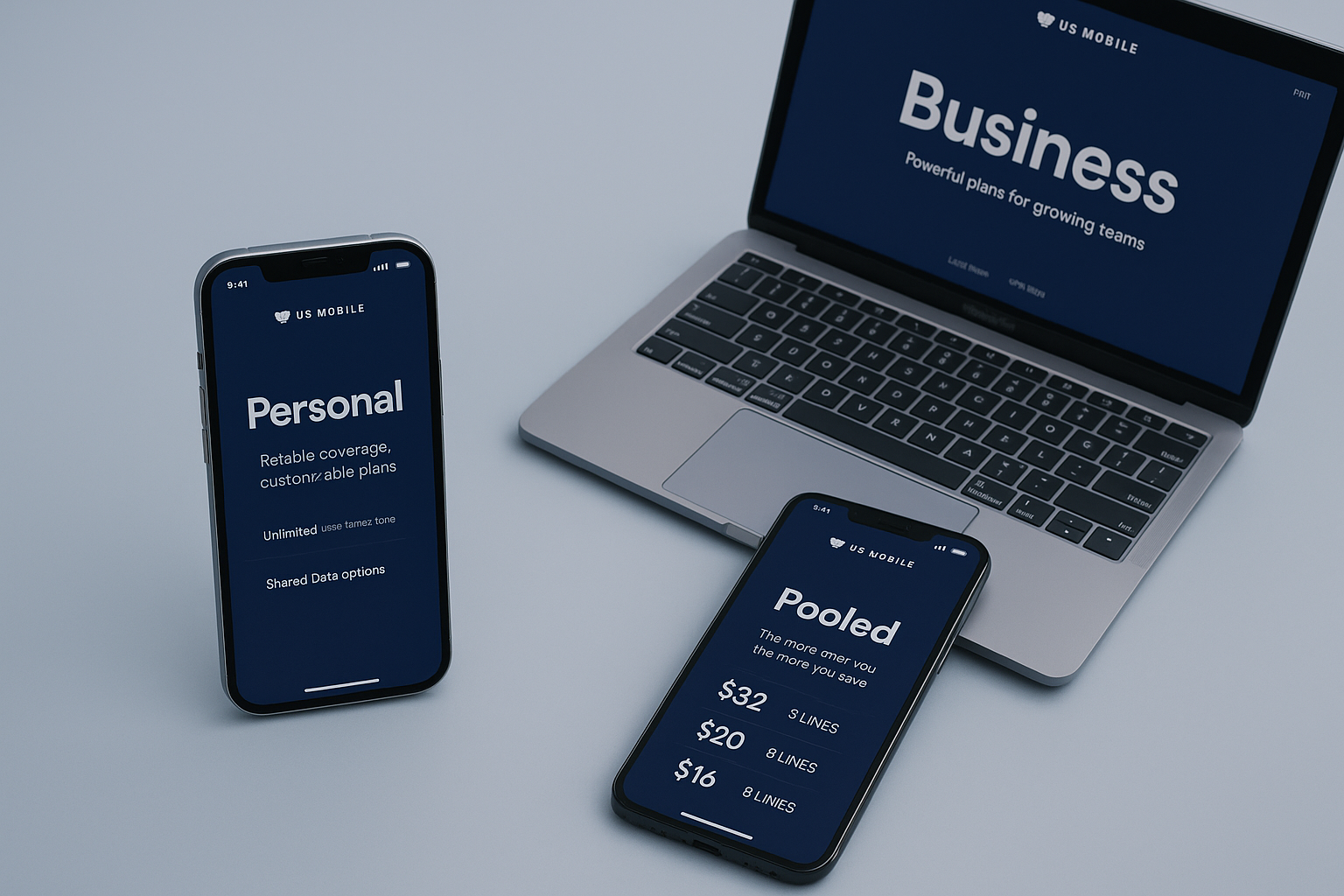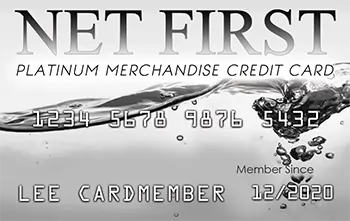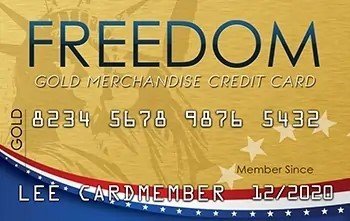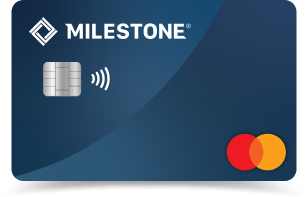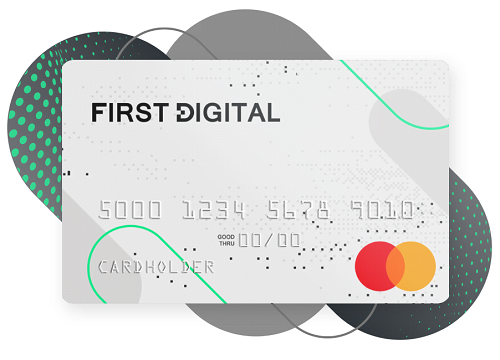By Karl • The Cards Guy
The holidays bring record sales—but also record disputes. Lost packages, buyer’s remorse, and even fraud spike during Q4, and that means chargebacks. The merchants who come out on top don’t just fight harder—they fight smarter. Here’s your full guide to winning chargeback disputes and protecting revenue this holiday season.
Why Chargebacks Surge During the Holidays
- Fraud attempts rise: Fraudsters know retailers are swamped and may sneak through.
- Shipping delays multiply: Carriers are stretched thin, creating “not received” disputes.
- Friendly fraud increases: Customers overspend or forget purchases, then dispute.
- Returns get messy: Poorly communicated policies push shoppers to file chargebacks.
For merchants, chargebacks are more than an annoyance—they can damage revenue, raise fees, and threaten your payment processing relationships.
Step 1: Respond Quickly to Chargebacks
Most issuers give just 7–10 days to respond. Build a 48-hour internal SLA so every dispute gets attention fast. Late responses are automatic losses.
Step 2: Match Your Evidence to the Reason Code
Every dispute is tied to a reason code (e.g., fraud, not received, not as described). Your evidence must directly counter that claim:
- Fraud/Unauthorized: Show AVS/CVV match, 3-D Secure, IP/device match, or delivery to the cardholder’s address.
- Not Received: Provide tracking scans, signatures, or proof of delivery confirmation.
- Not as Described/Defective: Include item page screenshots, product specs, and return/resolution options.
- Canceled/Returned: Supply RMA numbers, return tracking, and proof of refund issued.
- Subscription/Recurring: Show opt-in consent, renewal reminders, and clear cancel options.
Step 3: Gather Compelling Chargeback Evidence
Winning evidence packets usually include:
- Payment authorization: AVS, CVV, 3DS authentication.
- Order details: Itemized invoice, product page screenshots, checkout policy displays.
- Fulfillment records: Carrier scans, delivery signatures, or photo-on-delivery.
- Customer communications: Emails, chats, or refund offers.
- Return & refund policies: Screenshots as displayed at checkout and in order confirmations.
Tip: Always add a cover letter summarizing your evidence in 3–5 bullets, mapped to the reason code.
Step 4: Prevention Is Cheaper Than Fighting
The best way to “win” a chargeback is to avoid one altogether. During the holiday rush:
- Use clear billing descriptors (business name + URL).
- Extend return windows and post policies clearly on checkout and confirmation pages.
- Proactively notify customers of delays with options to reroute or refund.
- Require signatures or delivery photos for high-value orders.
- Enable chargeback alerts so you can issue a refund before a dispute is filed.
Step 5: Know When to Refund vs. Fight
Not every chargeback is worth fighting.
- Fight it when you have strong authorization + delivery proof.
- Refund it when it’s clearly your error, there’s no delivery record, or the cost to fight outweighs the claim.
Cards with Strong Dispute Protection
Not all cards are equal when it comes to fighting chargebacks. Consider:
- Chase Sapphire Preferred® – Travel protections plus purchase protection against fraud.
- Capital One Venture Rewards – Dispute-friendly and excellent for holiday travel purchases.
- Amex Gold Card – Strong customer support and consumer protection on eligible purchases.
The Cards Guy Take: Always pay with a major card that gives you leverage in disputes, never with BNPL or debit.
Holiday Chargeback FAQs
How long do I have to respond to a chargeback?
Banks give 7–10 days. Set your internal deadline at 48 hours to stay safe.
Will a delivery scan alone win?
Not always. Tie delivery to the cardholder (address match, signature, or usage logs).
What if the customer returned the item?
Include RMA, return tracking, warehouse scan, and refund receipt.
How can I reduce “I don’t recognize this charge” disputes?
Use a clear descriptor with your business name + website, and remind customers in receipts.
The Cards Guy Takeaway
The holiday season is high-stakes. To protect your bottom line, combine fast responses, airtight evidence, and proactive prevention. For most merchants, a well-prepared chargeback strategy will save far more than it costs.



